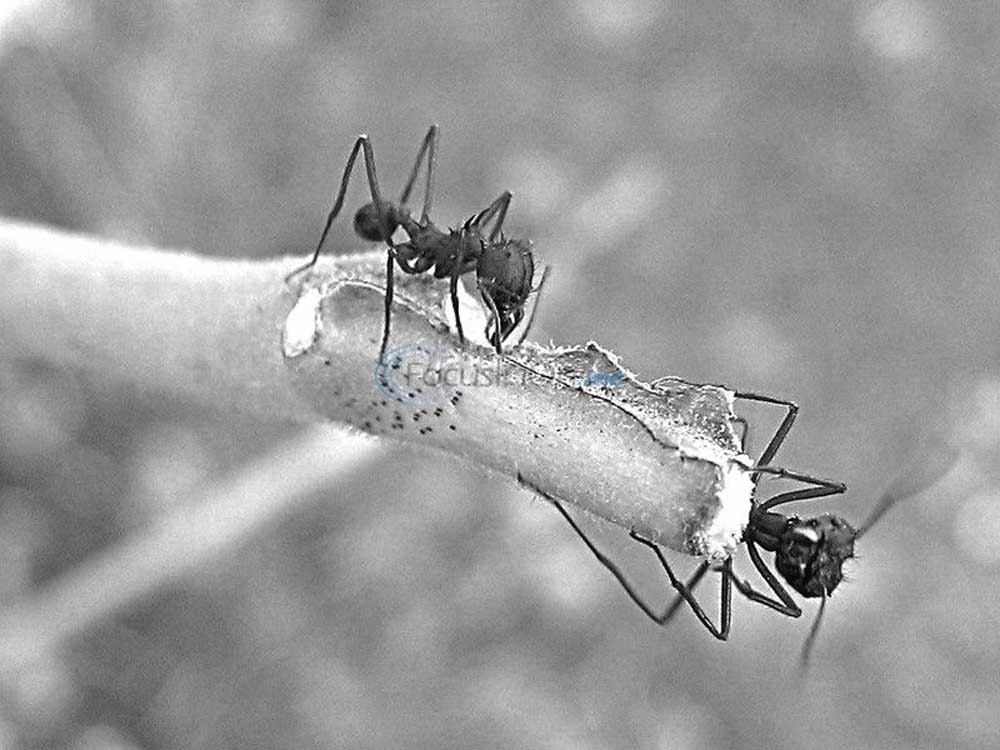Texas leafcutting ant not to be trifled with
Published 10:02 pm Saturday, April 25, 2015
The Texas leaf-cutting ant, Atta texana, is a serious pest in recently planted pine plantations in East Texas. The Texas leaf-cutting ant (also called town ant, parasol ant, or cut ant) is the most northern representative of the genus Atta, considered among the most destructive insects of plants in the tropical and subtropical Americas. Leaf-cutting ants are generally confined to well-drained, deep sandy soils.
In an average year in East Texas, this ant kills pine seedlings on nearly 12,000 acres, and control and seedling replacement costs average $2.3 million. This insect also can be a considerable pest in residential areas within its range by foraging on ornamental shrubs, rose bushes, fruit trees or in gardens.
Trending
Texas leaf-cutting ants are comprised of the winged reproductives, or “alates, (female queens and male drones having wings), and wingless workers. The queen is the reproductive center of the colony and lives in chambers below the ground. Many colonies have five or more fertilized queens. Most eggs laid by the queens develop into sterile female workers.
The workers, 2 million or more, vary considerably in form and size; from 1/16 to 1/2 inch. Generally, large workers (soldiers) serve to protect the nest while medium-sized workers forage for plant material and construct tunnels and chambers, and the small workers maintain fungal gardens and care for brood ants.
The nest area of the Texas leaf-cutting ant is marked by characteristic crescent-shaped mounds. Each mound surrounds an entrance hole. The above-ground portion of the nest consists of a central nest area and peripheral foraging mounds. Nest size varies from that of a single mound to more than 1,000 mounds occupying up to 1 acre. Underground, tunnels extend from the entrance holes to other tunnels or chambers that are constructed as deep as 25 feet.
In Texas, these ants damage weeds, grasses, plum and peach trees, blackberry bushes and many other fruit, nut and ornamental plants as well as several cereal and forage crops. The ants do not eat the leaf fragments they collect, but take them into their underground nest where they use the material to raise a fungus garden. As the fungus grows, certain parts of it are eaten by the ants and fed to the larvae. This fungus is their only known source of food.
Leaf cutting ants attack pine trees, but ordinarily do little damage when other green plants are available. During the winter when green plant material is scarce, seedling pines are frequently damaged in parts of east Texas and west central Louisiana. Where ants are abundant, it is almost impossible to establish natural pine reproduction. In such sites, young pine seedlings often are destroyed within a few days unless the ants are controlled before planting.
Control of Texas leaf cutting ants can be difficult. The large size and complexity of leaf cutter ant nests makes it difficult to obtain good control with dust, liquid or granular insecticides. Because these ants eat only the fungus they cultivate, they do not respond to most other ant baits, such as those labeled for fire ants. Before using any chemical, read the label and follow all instructions and safety precautions.
Trending
Information for this article comes from Dr. Mike Merchant, entomologist with the Texas A&M AgriLife Extension Service, Dallas, Texas and the Texas A&M Forest Service.
Educational programs of the Texas A&M AgriLife Extension Service are open to all people without regard to race, color, religion, sex, national origin, age, disability, genetic information or veteran status.
The Texas A&M University System, U.S. Department of Agriculture, and the County Commissioners Courts of Texas Cooperating








